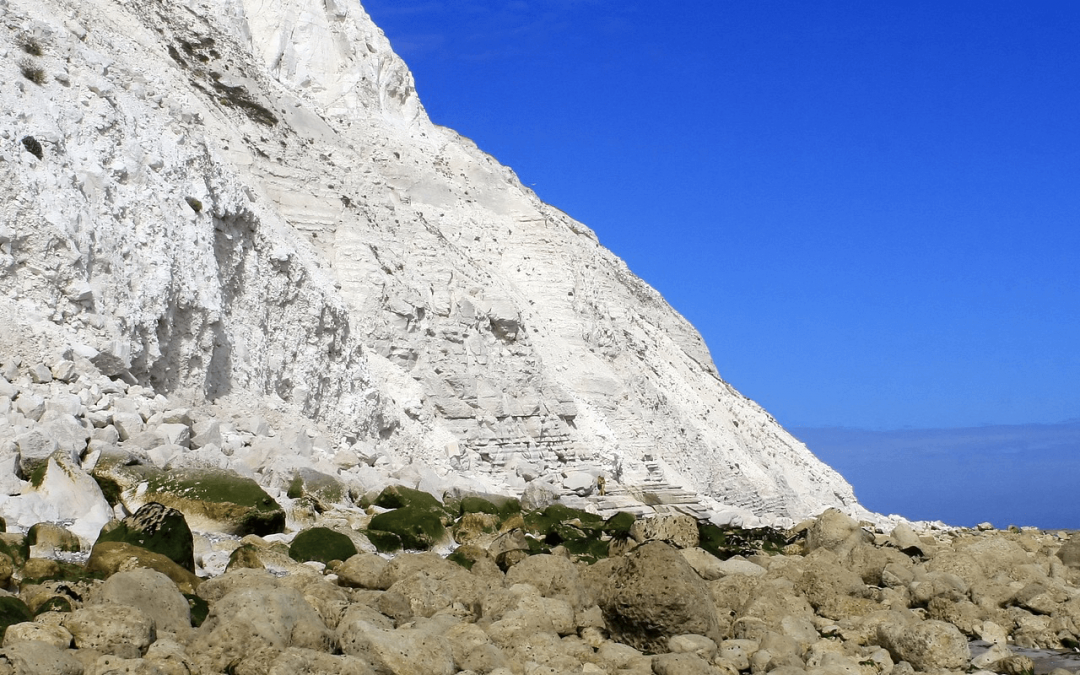Chalk slope stability – Don’t Panic Mr Mainwaring!
News
‘Don’t Panic Mr Mainwaring!’
Coastal erosion is nothing new. With the global temperature increasing by 0.2 degrees celsius every 10 years and sea levels rising by 3mm a year, increased storm frequency and ferocity is leading to accelerated erosion around our coasts.
Typically associated with coastlines comprised of soft sediments or sand and mud stones, recent cliff collapses along the south coast have raised concerns about the effect of climate change on the slope stability of the chalk.
Considerable research has been done into the strength and engineering properties of chalk. After all some of the UK’s largest construction projects are either built on it, or go through it.
Three cliff falls at Seaford, near Newhaven in Sussex, in June this year were blamed on a dryer than average winter and the chalk becoming brittle as its moisture content fell. Large cracks appeared in the chalk cliffs as early as March raising initial concerns.
Chalk is susceptible to frost damage, but what is interesting here is under normal conditions chalk is weaker when saturated. The nature of chalk is such, that its properties vary enormously. A Geological Society study into chalk cliff instability published in 2004 concluded that: ‘the index properties of density, natural moisture content, saturation moisture content and porosity suggest that chalks with densities below 1.70 Mg/m3 can lose and gain water readily and are thereby likely to cause changes in the physical conditions of cliffs more readily than high density chalks. Exceptions are parts of the Newhaven Chalk, probably result from textural controls, particularly pore-throat diameters and degree of cementation in contrast to Seaford Chalk of the same density.’
The study goes on to say that: ‘all chalk strength tests show a marked reduction with increased saturation. The angle of friction and cohesive strength is also reduced with increased saturation.’
It concludes by saying: ‘each formation of chalk has unique physical properties and potentially unique mechanical behaviour including slope failure mechanisms.’
So, the cliffs at Seaford are probably the exception rather than the rule. The Seaford falls have made good headlines, but panic ye not. The clearest message is, if you are building on chalk a fully geotechnical investigation is crucial on each occasion because its properties can vary metre by metre.
